
We cover 10 things you need to know about HIV viral suppression, according to the National Institute of Allergy and Infectious Diseases.
Laurie Saloman is a seasoned medical journalist who has written extensively about HIV, influenza, Zika, Covid-19, cancer, endocrine disorders, mental illness, and other infectious and non-infectious diseases. Her work has appeared in Contagion, The American Journal of Managed Care, Pfizer’s Breakthroughs.com, Health After 50, and the journal of the Emergency Nurses Association, among others. A member of the Association of Health Care Journalists and the American Society of Journalists and Authors, Laurie lives in New Jersey with her family. You can reach her on Twitter: @LaurieSaloman

We cover 10 things you need to know about HIV viral suppression, according to the National Institute of Allergy and Infectious Diseases.

Researchers are gaining a greater understanding of the role that human genetics plays in determining who contracts tuberculosis as well as how severely it impacts its victims.
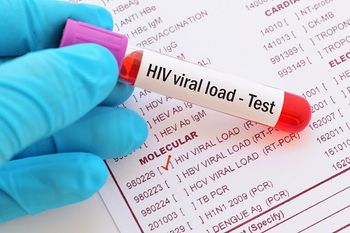
Studies have proven that undetectable levels of HIV mean an individual cannot transmit the virus to someone else. Now the word needs to spread.

Obesity is found to be a driver of this process.
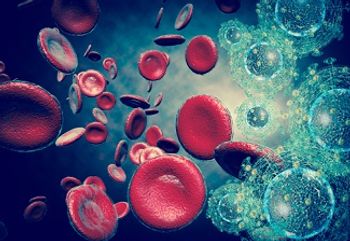
Dolutegravir seemed to be a promising maintenance monotherapy for people living with HIV, but the development of resistance mutations in testing strikes it from the list.
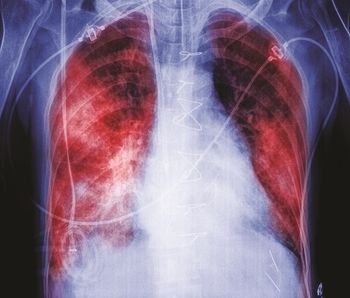
A proven marker of host response to bacterial infection may help providers avoid contributing to the rise of antibiotic resistance.

Based on WHO guidelines for tuberculosis screening, many individuals who don’t have the disease are sent for expensive confirmatory testing. A simple point-of-care blood test could change all of that.

Recent research reveals that the composition of a woman’s vaginal microbial makeup—specifically, a preponderance of the bacteria Lactobacillus iners—may mean she’s more likely to be infected with Chlamydia trachomatis.
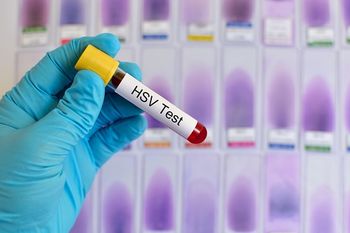
Having herpes simplex 2 puts individuals at greater risk of contracting HIV, and vice versa, largely due to increased genital ulceration and viral shedding.
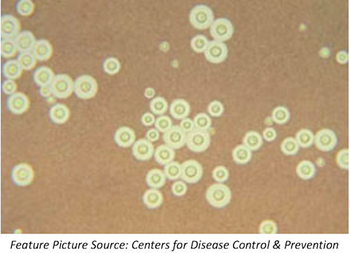
Death rates among HIV-positive patients diagnosed with cryptococcal meningitis were slightly lower when antiretroviral therapy was delayed a few weeks after diagnosis.
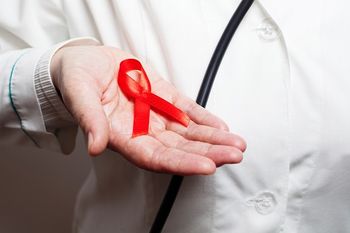
The transition from youth to adult HIV care is a critical juncture that provides opportunities for continued engagement if handled well. What role should adult care clinics play to maximize the number of adolescents who stay in treatment?
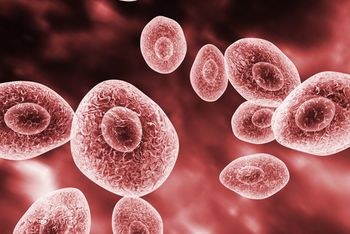
Although the number of fungal infections has fallen in the United States and other developed nations due to the ease of obtaining HIV testing and access to ART, the risk still exists.
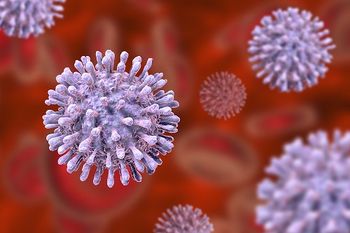
Living longer with HIV means that dying from cancer becomes more of a possibility.

Proton pump inhibitors present risks to all patients, but those with HIV are especially advised to be cautious in using them.

Newly diagnosed HIV patients have several options when it comes to notifying partners, but assisted partner notification leads to the best outcomes.
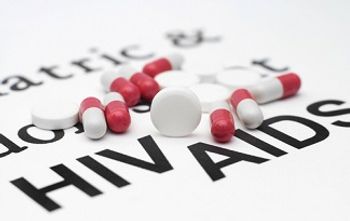
The risk of mortality is elevated in HIV-positive individuals who have detectable levels of virus 6 months after beginning antiretroviral therapy.

A recent study showed that most migrants to European countries acquired their HIV infections in their host countries, particularly those from Latin America and the Caribbean.
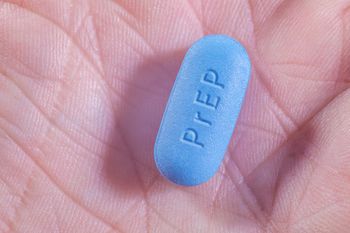
Due to concerns that the use of PrEP might hinder clinicians from detecting HIV in infected individuals or lead to the development of resistant strains of HIV, scientists studied how PrEP affects seroconversion after HIV is acquired.

Women with HIV are at higher risk of having potentially cancer-causing HPV in their anal canals, raising questions about how best to screen this population.
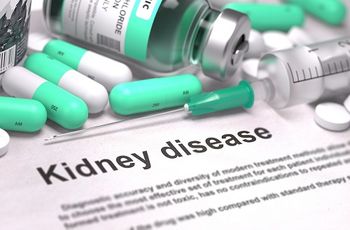
Although advances in HIV treatment mean many people with the condition are able to achieve viral suppression and display no outward signs of illness, kidney disease is still a fairly common occurrence in those who are infected.

The number of RSV-infected adults in an African study who also had HIV was quite high, with the burden of HIV disproportionately in the young.

Less than half of all teens have intercourse, but there’s room for improvement when it comes to contraceptive choices.
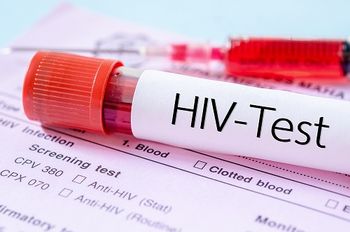
A new $25 fee for HIV and STI tests in Mississippi may be just one more barrier to testing faced by a low-income, high-risk population.
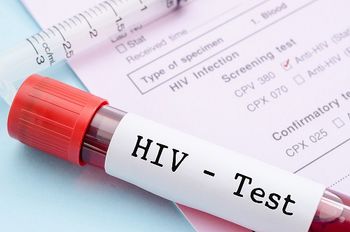
Obstacles to achieving durable HIV remission in lower- and middle-income countries affects these nations’ ability to carry out needed research.

In patients who are being treated with antiretroviral therapy (ART), it appears that a latent form of HIV residing in immune cells can continue to reproduce.

New information indicates that HIV-positive men can safely father children with their uninfected female partners as long as the couple takes certain precautions.

The key to meeting the Joint United Nations Program on HIV and AIDS (UNAIDS) benchmark may be to combine discrete areas of research into a more cohesive strategy.

A new study finds that gay African American and Latino men who use multiple forms of technology to find sexual partners have higher rates of disease transmission.
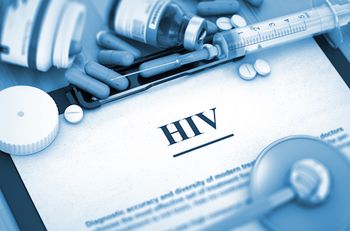
A study conducted by researchers from the University of Bristol analyzed survival rate trends among HIV-positive patients from the United States and Europe.

A new study sheds light on the mechanisms behind the development of emphysema in 30% of HIV-positive individuals.